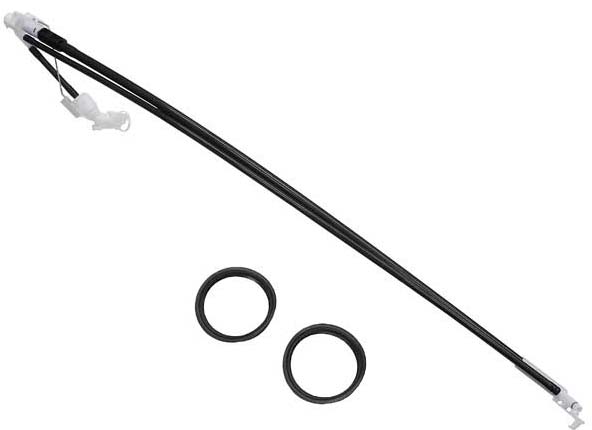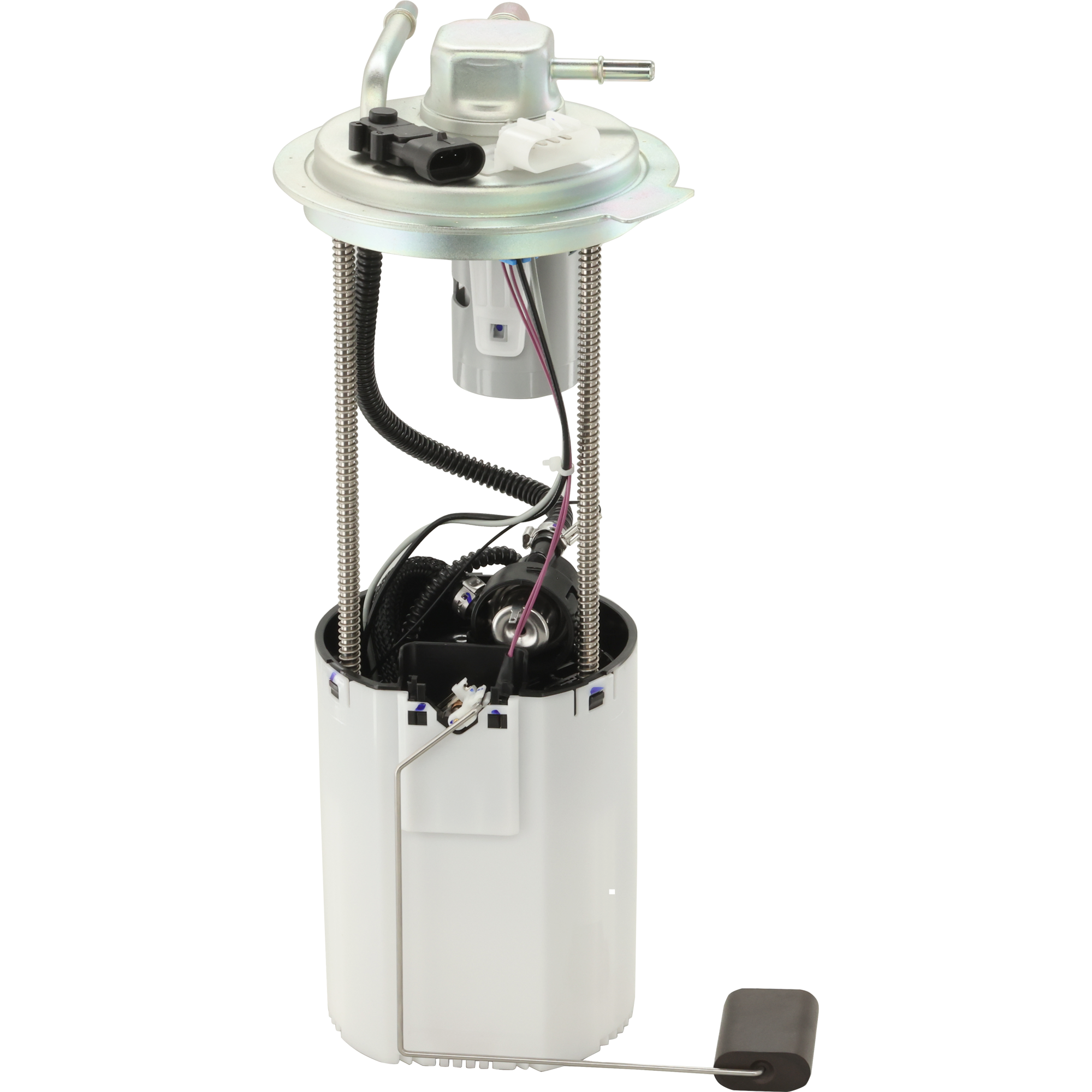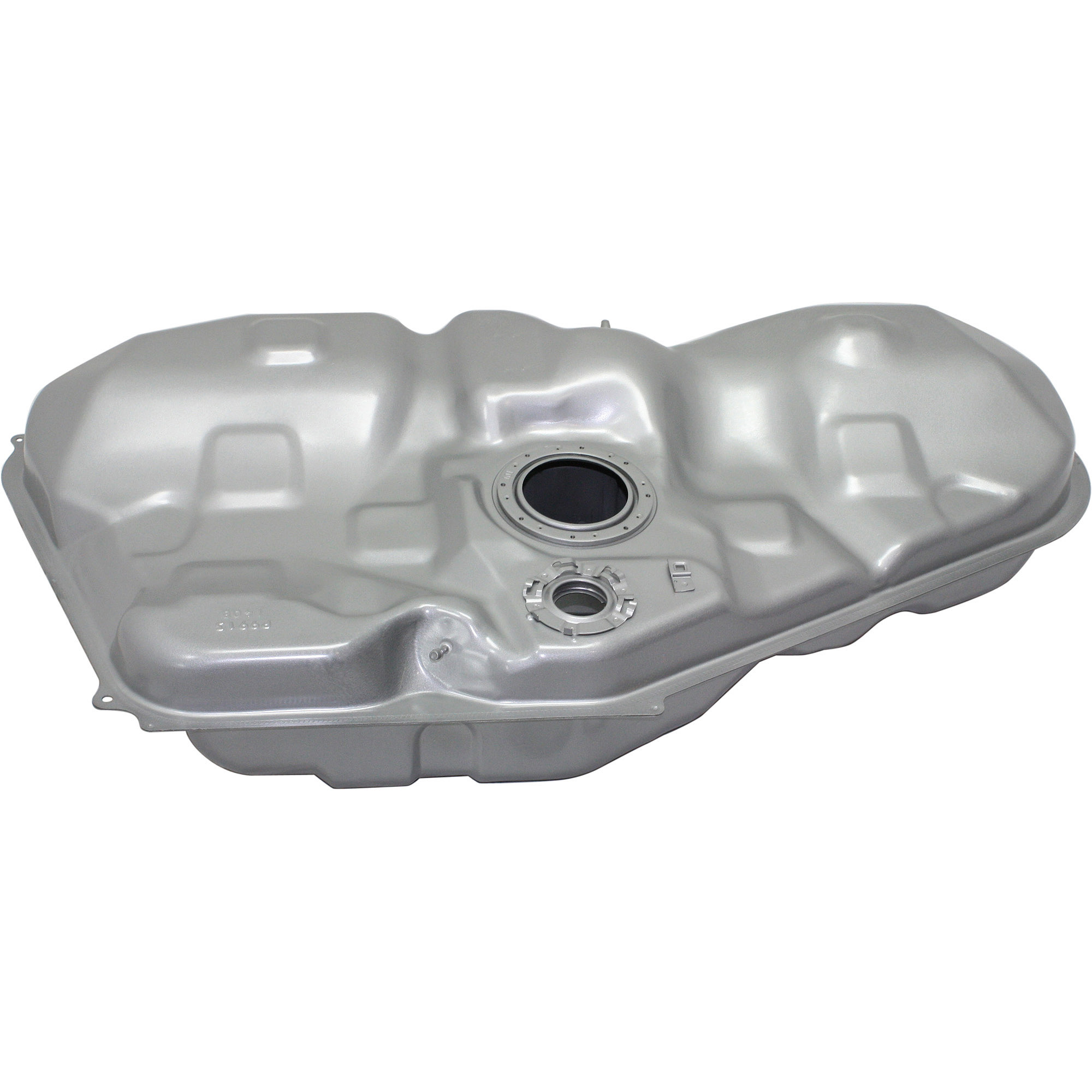Both gasoline-powered and diesel-powered engines rely on internal combustion to power vehicles. While these two fuel systems have parts with similar functions, components like their fuel pumps have differences when it comes to how they operate.
Fuel needs to be delivered to the engine even before it’s injected on both gas and diesel platforms. Many diesel vehicles use a lift pump (also known as a transfer pump) to move fuel from the storage tank to the rest of the fuel system at low pressure.
Some Bosch diesel systems, even on early Duramax engines, use the natural vacuum produced by the high pressure pump to draw the fuel from the tank to the pump, but that tends to be problematic if there is an air leak between the fuel tank and the fuel pump.
Meanwhile, some GM Duramax equipped trucks with dual tanks will have a transfer pump that simply moves fuel from the auxiliary tank to the main fuel tank when the fuel level drops below a certain level in the main fuel tank.
What Is a Lift Pump?
An electric fuel lift pump is a low-pressure fuel supply pump that transfers fuel from the tank to the injection pump. Fuel pressure from the lift pump is further pressurized by the high-pressure injection pump or unit injectors, which typically increase pressure to thousands of psi.
As far back as 1970, some carbureted vehicles (like the Chevy Vega) used an electric lift pump rather than an engine mounted mechanically driven pump such as what almost all other vehicles had in those days. Likewise, some mid-80s carbureted Ford platforms had an electric in-tank pump feeding the carburetor as well. Some older Asian vehicles had simple frame mounted electric fuel pump that drew fuel from the tank and delivered it to the carburetor.
Prior to 1990, fuel-injected Ford vehicles used an in-tank transfer pump that fed a high pressure frame-mounted pump. That pump wasn’t a positive displacement pump (think of that one as a very robust windshield washer type pump with a plastic impeller); if there were multiple tanks, there was a pump in each tank.
But beginning in 1990, the in-tank pump became the primary high pressure fuel pump, and if there were multiple fuel tanks on the vehicle, there was a pump in each tank.
How Does a Lift Pump Work?
There are a variety of different lift pump designs, each of which operates a little differently. On most late-model diesel vehicles, the lift pump (if the system has one) is a small electric motor-driven device mounted either in the fuel tank or on the fuel rail. An electronic control module typically controls the pump. The lift pump forces fuel through the fuel supply line to the fuel filter and then to the high-pressure injection pump.
Lift Pump Vs. Fuel Pump: What’s the Difference?
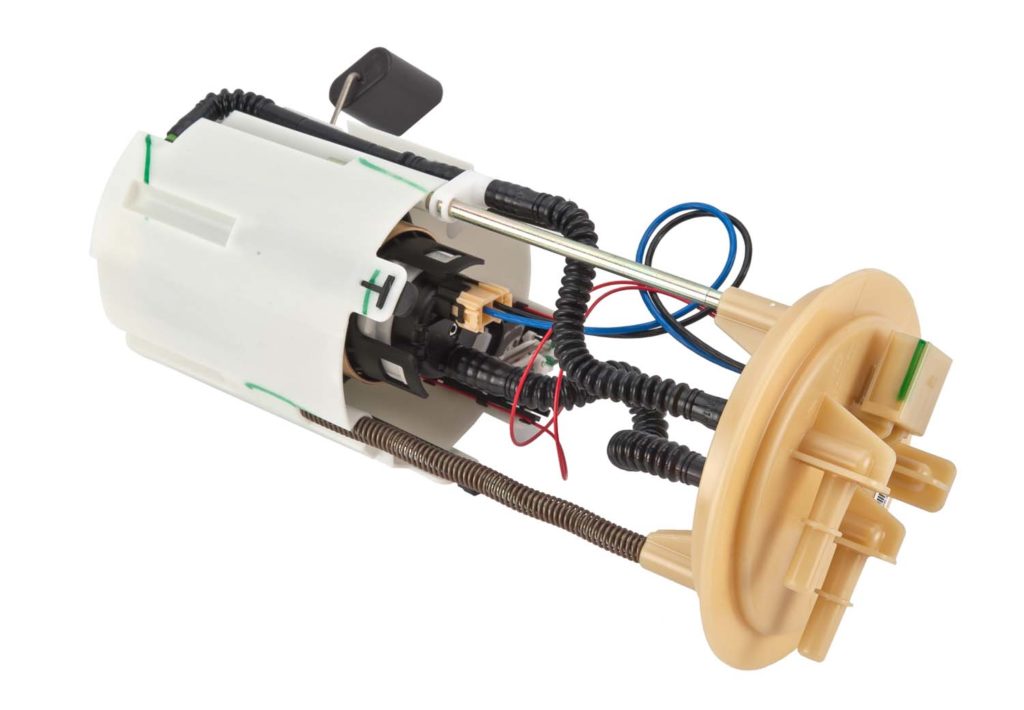
Typically, the lift pump is used to provide a steady feed of air-free fuel to the high pressure pump. This is true on most modern diesel engines as well as on gasoline direct injection platforms. On GDI platforms, the lift pump is capable of over 100 psi but is usually (not always) regulated via a fuel pump control module that interfaces with the ECM/PCM. Hondas with GDI typically have a fuel pump in the tank with an integral mechanical regulator.
Also, on some GDI vehicles, the lift pump will run for a few seconds as soon as the driver’s door is opened to make sure the fuel system is primed for a quick start.
With diesel applications, the low-pressure fuel pump is typically referred to as a lift pump or transfer pump to differentiate it from the high-pressure injection pump.
The lift pump is considered a low-pressure, high-volume pump. On the other hand, a high-pressure injection pump is considered a low-volume pump. The latter is needed to increase the pressure of diesel fuel to the level needed for injection.

Types of Lift Pumps
Just like fuel pumps, lift pumps can either be mechanical or electric. Let’s take a look at how these two types differ.
Mechanical Lift Pump
Mechanical lift pumps have fixed fuel pressure and volume. This type is typically used in old OEM applications and is typically driven by a dedicated camshaft lobe. Early 7.3L Ford Power Stroke diesels had a camshaft mechanical lift pump feeding the fuel rail.
Electric Lift Pump
Unlike the mechanical lift pump, this type may have flexible fuel pressure and adjustable volume usually controlled by an electronic fuel pump control module by the ECM/PCM using feedback from a fuel pressure sensor mounted on the fuel rail.
Considerations Before a Lift Pump Replacement
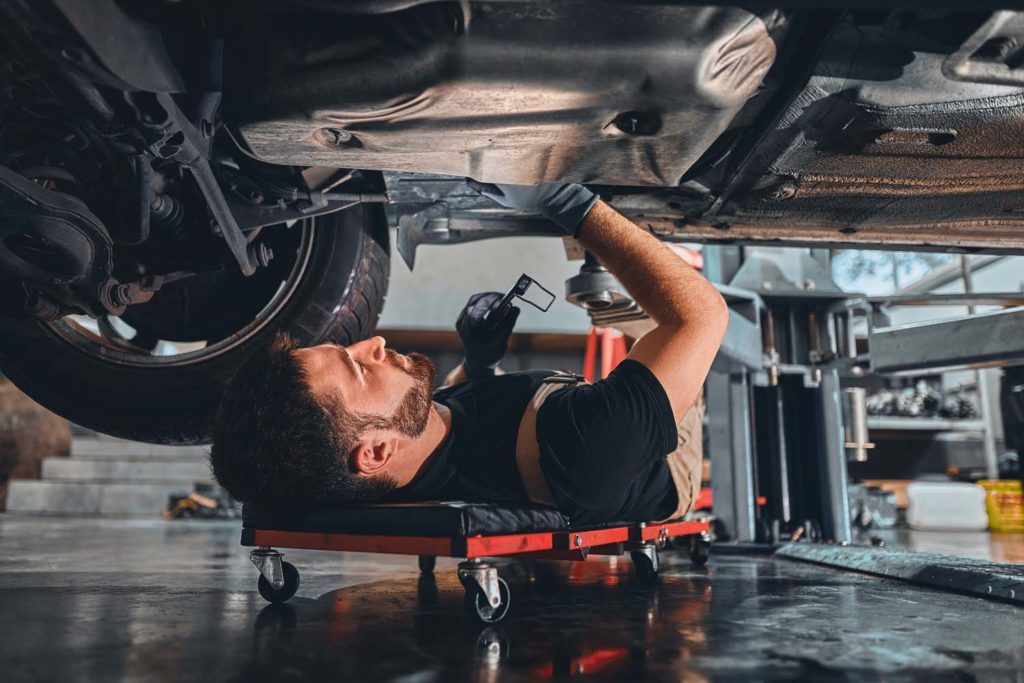
It’s important to have a lift pump that’s in good condition to prevent the injection pump from being starved of fuel. Replacing a faulty lift pump may help extend the service life of your injection pump as well as your injectors.
Always consider your vehicle’s year, make, and model when shopping for a lift pump to make sure you’re getting the right fit. Fuel pump repairs may cost you anywhere between $250 and $1,000 on parts and labor. When it comes to these types of repairs, it’s best to leave the job to a mechanic to ensure proper installation.
Where to Find a New Lift Pump
No good can come from driving with a faulty lift pump, so don’t put off replacing it. On the bright side, getting a new one takes only a few clicks here at CarParts.com.
You don’t have to leave your home to get your hands on a new lift pump. Use your mobile phone or computer to visit our website. Input your vehicle’s details into our vehicle selector and change the product filters to find compatible parts that fit your needs without breaking a sweat.
Our lift pumps come from some of the most trusted manufacturers in the industry. On top of that, our warehouses are strategically located all over the US, meaning you can receive your order within days.
A faulty lift pump can reduce your vehicle’s fuel efficiency, so it’s best to replace it immediately. For top-notch replacements that give you the best value for your money, shop now.
Shop this Project



Any information provided on this Website is for informational purposes only and is not intended to replace consultation with a professional mechanic. The accuracy and timeliness of the information may change from the time of publication.


